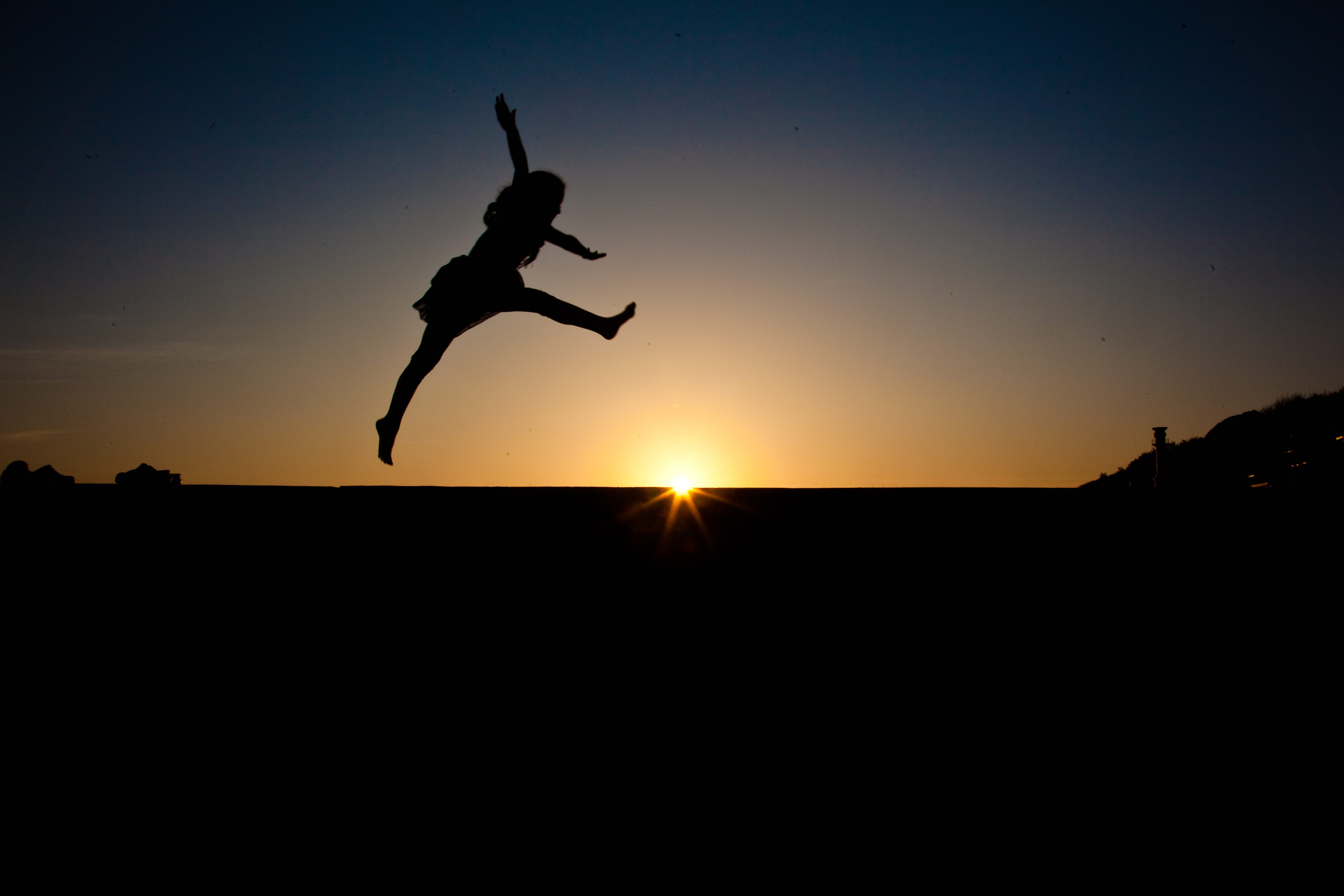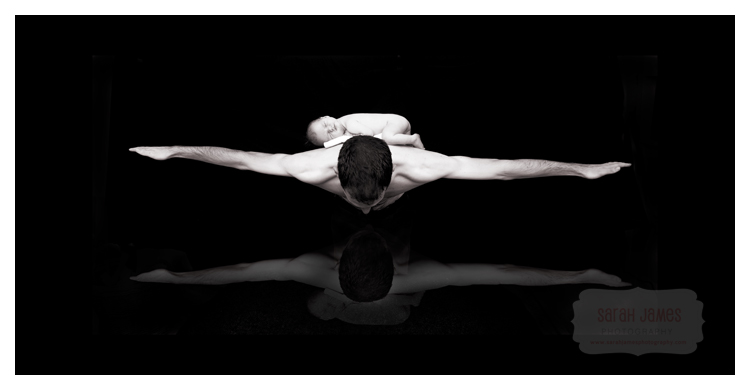 If you have been around my site for long enough you will know that I used to be fairly significantly about photography. What started as a personal interest in capturing light became a small business and fund-raiser. Fund raiser seems a lot more accurate actually because to be honest I often made a lot less than I would make working a shift in a high street store stacking shelves.
If you have been around my site for long enough you will know that I used to be fairly significantly about photography. What started as a personal interest in capturing light became a small business and fund-raiser. Fund raiser seems a lot more accurate actually because to be honest I often made a lot less than I would make working a shift in a high street store stacking shelves.
My story is probably a familiar one to most people with more than a passing interest in photography. I got asked by friends to take some pictures and then friends of friends and so on. Until you realise that you are working for free for someone you have a very tenuous link to. That is when I decided to start charging and so my little business began.
My first couple of shoots were exhilarating. New things, new learning, a skill for something creative. Because who doesn’t want to be ‘a creative’
I didn’t give much attention to the money at first. Put it all down to portfolio building and sunk huge amounts of time in to editing skills, online classes, real life classes. It was exciting and new. I met some lovely, generous-hearted pros who were encouraging and very real about how hard the business was. But it gave me a fire.
Newborn photography emerged slowly as my favourite. I have always loved newborn babies. Five of my own babies and 17 years of working in NICU will do that. I started getting a lot of enquiries. I had shoots scheduled on the weekends I wasn’t working and spent most of my evenings sat at my computer editing.
Initially I set up as a mobile studio and took all my stuff packed up in our only car and would set up in people’s living rooms, bedrooms, conservatories. I realised reasonably quickly how much hard work that was. Arriving at a house having been told by the client that the room had lots of natural light to find a small boxroom full of hideously heavy, orange and hard to move furniture compromised everything I was setting out to do. I re-evaluated and decided that it would be better for me if I set up my studio in my own house and people came to me.
Que the next stage….which was me setting up my studio in my kids playroom, amongst the bright and gaudy plastic, and shooing my five kids and my husband ‘out’ of the house while I waited for the client. This was tricky for the family and often the shoot would over run and the kids and husband would be sat outside the house in the car having exhausted the park or whatever other activity they could find. It was never ideal and I could feel my stress levels rising when I knew the children were bouncing of the interior of the car a few feet away.
But we persevered. I liked doing the shoots, people were asking me to do them and it gave us a small amount of pocket money. I put my prices up once I realised I was working for less than minimum wage and the hours spent in front of my computer editing were eating into any profits. I tried to push forward and become more selective in what I said yes too. ‘Can you do $30 for a family shoot with 9 sets of cousins and grandparents?’…er….no….
So why did it all stop?
Well aside from the obvious thing of moving overseas. I did bring all my equipment with me, it was shipped in the container and if im totally honest I did expect to use it eventually once we got settled. But here is the thing. Being away from the monetized side of photography, nobody knows me here ( I don’t get enquiries through Facebook or word of mouth) made me realise that my desire to pick it up again had waned.
Recently I have been thinking about what happened and why I lost the enthusiasm for it.
I think there are a few reasons:
1.The curse of the awkward customer –
The advent of mobile phones with cameras, apps and filters means that everyone can now take and share multiple images from the sunset they took on their walk to the selfies. Filters have been become the facelift for many mediocre photographs that would look frightening as a print. But who cares because who prints pictures now anyway?
The lower cost of cameras and the shift to a society that is so image driven has created lots of amateur photographers with ambition. In the majority the people I worked for where respectful, understood that portrait photography was not just point and shoot, that a 4 hour newborn shoot takes as much time to edit in some cases and that the equipment you are using is not the stuff you pick up cheap on ebay.

But there are always going to be the opposite and unfortunately I ran into some of them and I didn’t always know how to handle them. There was the inevitable cries of ‘well they are photos of MY kids so they are MY photos!‘ comments to the...‘Can I have everything you took on the entire shoot!’ and the classic of course the ‘my dad is a bit of a photographer and he said he can do the editing if it makes it cheaper!“
I probably didn’t handle those situations very well, the few professional photographers that I have struck up relationships with would have no doubt been very clear and directed the said client to their terms. But I didn’t want to rock the boat and being in a small community there was always going to be a five degrees of separation thing and you will end up face to face with them at a playground. So I generally gave in and walked the path of least resistance and adopted the silent aggressor approach and largely gave them what they wanted and then vowed to never work for them again.
I even had people turn up over 2 hours late or not even turn up and one of the worst someone bought their vomiting child to my house thinking they would ‘just be okay!” They weren’t and it’s not okay. Ever.
Handling difficult customers, whether it was about the photography itself or how much my service costed, ultimately I think knocked my confidence. I became weary defending my service. Justifying the hours I worked and the fact that this type of photography was not sit a baby on a white sheet and take some photos.
2. Where is the credit?
It becomes fruitless telling people to not use your images without credit I found. I think mostly this is a culture thing as well as a misunderstanding of the definition of copyright. In that most people think once they have the image on a disc from you they can do what they like with it. In the end I found sharing and re-sharing of images on social media without credit just leaves you feeling demoralised and disappointed. A friend of mine had a photo of his shared in so many destinations by so many people because a ‘celebrity’ shared it, that he gave up trying to chase it and ask for credit and had to let it go. Because ‘everyone’ is a photographer now it is easy to devalue the artistry in an image.
Lastly as well I think was the pure hassle and mess of creating a studio in a modest sized family home when we had five little kids and a dog. It was a LOT of work and effort and I just lost the resilience for pursuing the goal regardless of inconvenience.
Having said all that I still love photography and moreover I love the art of baby photography and some of my images, like the one above, I am incredibly proud of. I often spend long periods of time reading and studying the ways that photographers manage to get insanely fabulous images. There is a photographer here in Australia who has made a huge name for herself in newborn imagery. I admire her images so much and recently she posted on facebook a little tour around her new premises. A huge lovely studio space with crisp white wall, beautiful viewing rooms and endless storage! I know though, because I have followed her for a long time that she worked out of her house for years. I get that we all start small. But maybe its different if you have another income source that you can rely on. Maybe it makes you less hungry for it if you know that every month you are getting a salary from something else? Maybe thats part of the reason I have lost the fire for it?
But for now my dabble into the paid portrait photography world has halted. Whether that is a temporary thing of not remains to be seen. I do think that for now it was one of those things that falls into the category was ‘good while it lasted’
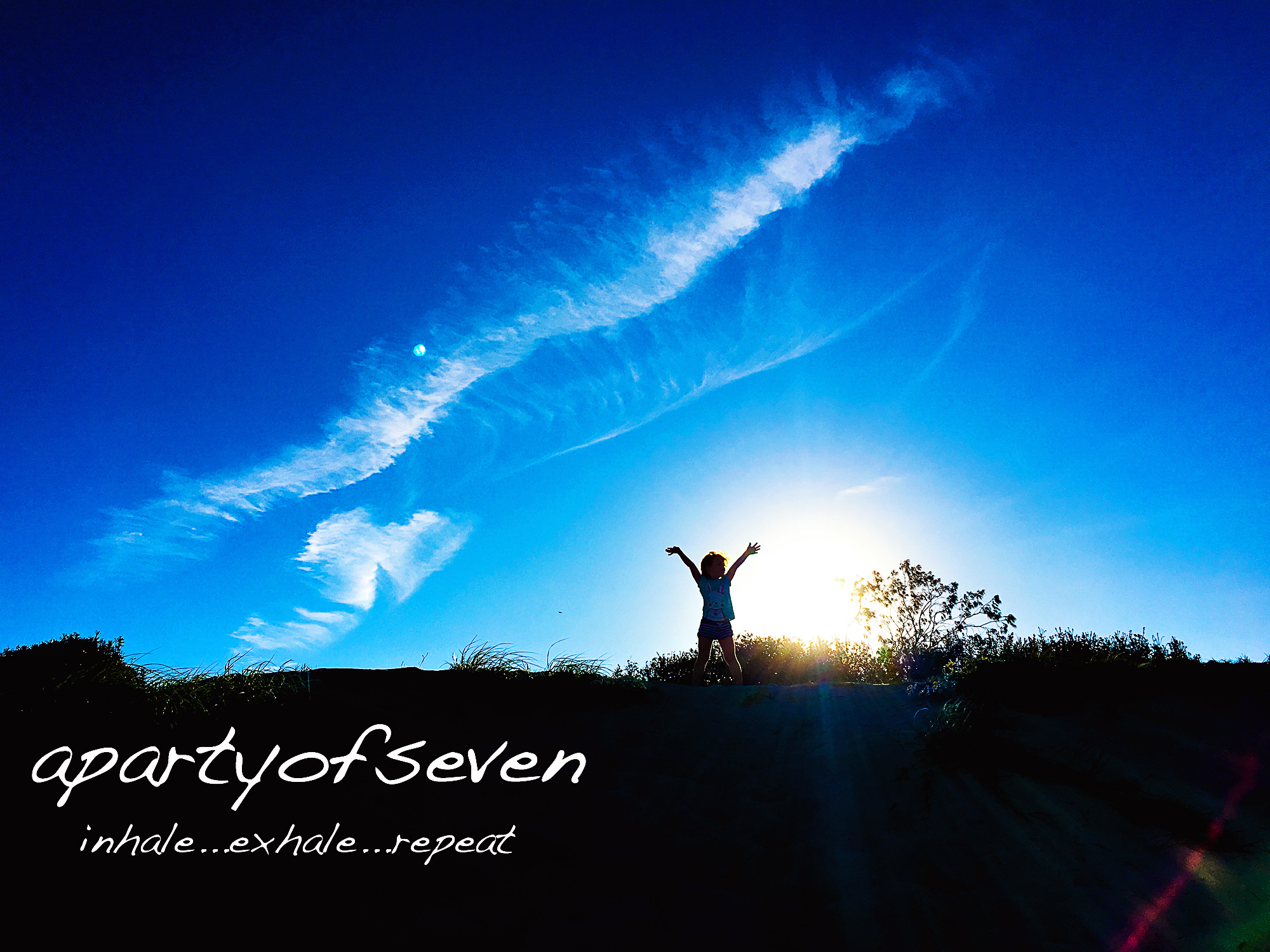
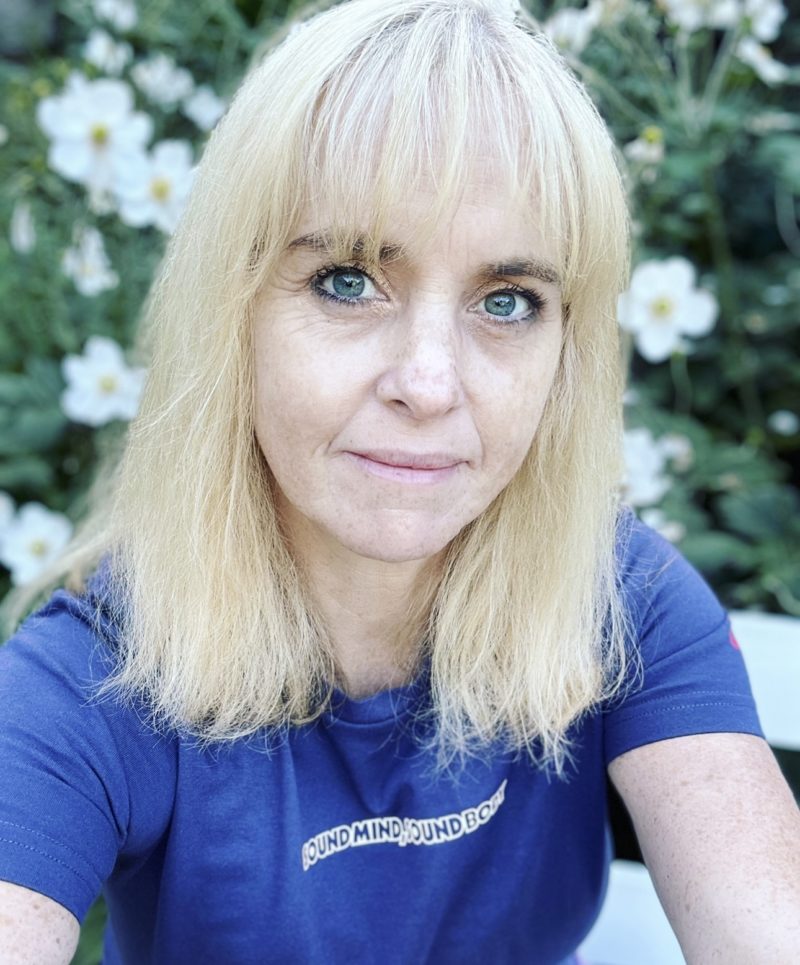
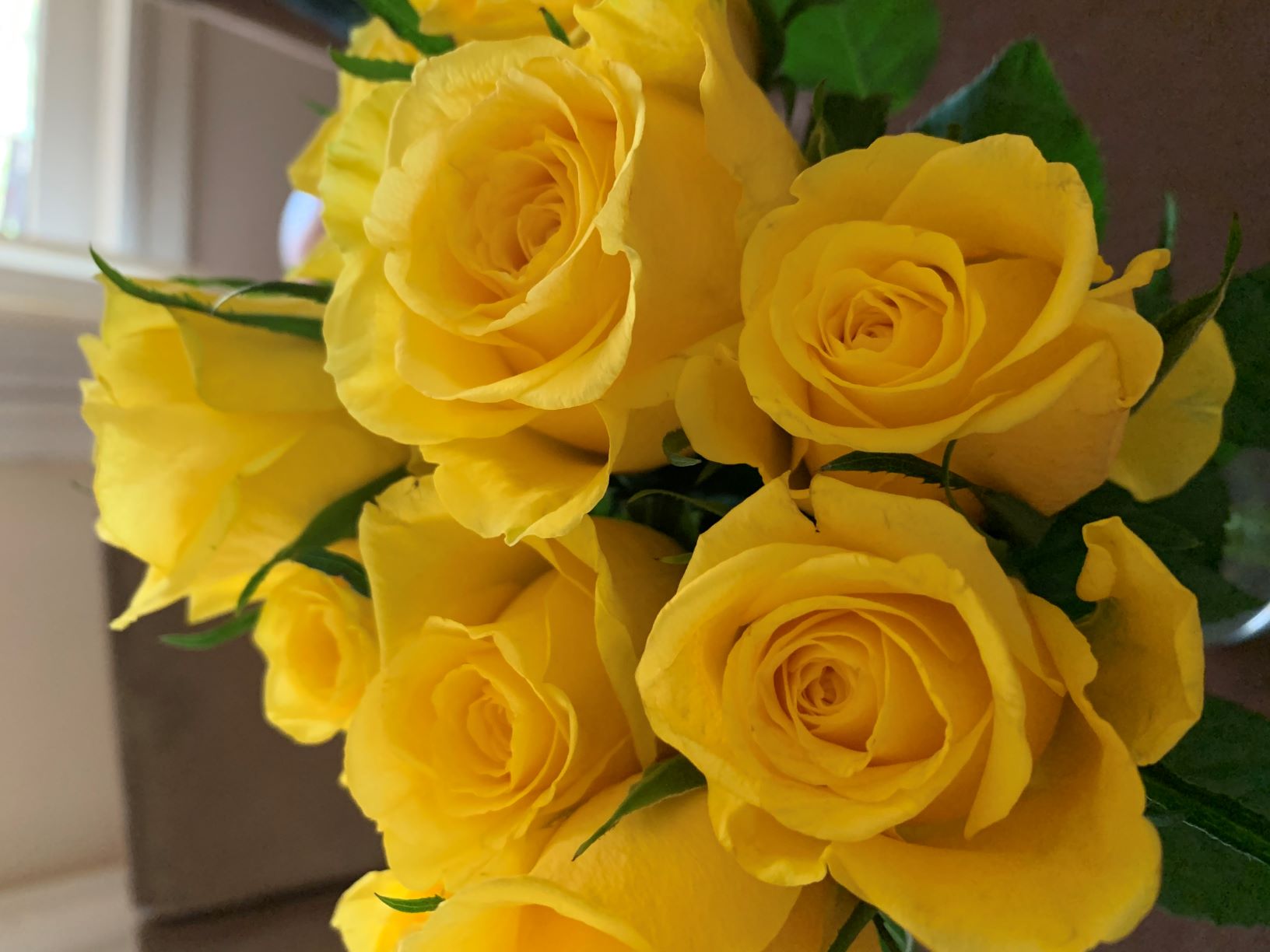
 If you have been around my site for long enough you will know that I used to be fairly significantly about photography. What started as a personal interest in capturing light became a small business and fund-raiser. Fund raiser seems a lot more accurate actually because to be honest I often made a lot less than I would make working a shift in a high street store stacking shelves.
If you have been around my site for long enough you will know that I used to be fairly significantly about photography. What started as a personal interest in capturing light became a small business and fund-raiser. Fund raiser seems a lot more accurate actually because to be honest I often made a lot less than I would make working a shift in a high street store stacking shelves.
